FOR SOME REASON I DON'T GET NOTIFIED ABOUT COMMENTS YOU LEAVE, SORRY IF IT TAKES A WHILE FOR ME TO RESPOND.
The main objective for this project is to design a modular nixie display board containing two IN12A's and two neon indicators (colon) that can be strung along to create 2, 4 or 6 digit clocks. The idea is, tubes can be individually controlled via SPI. I explored different methods of driving nixies, such as using the common SN74141 BCD to Decimal decoder driver clones called the K155ID1 along with 74HC595 8-bit shift registers. Also shift-registers with high-voltage transistors on the outputs. These methods were ok, but I later changed my design to include the HV5530 instead. The HV5530 is a shift register with high-voltage open-drain outputs and are still being manufactured.
 Johnny
Johnny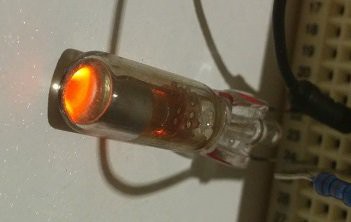
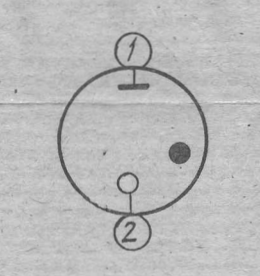

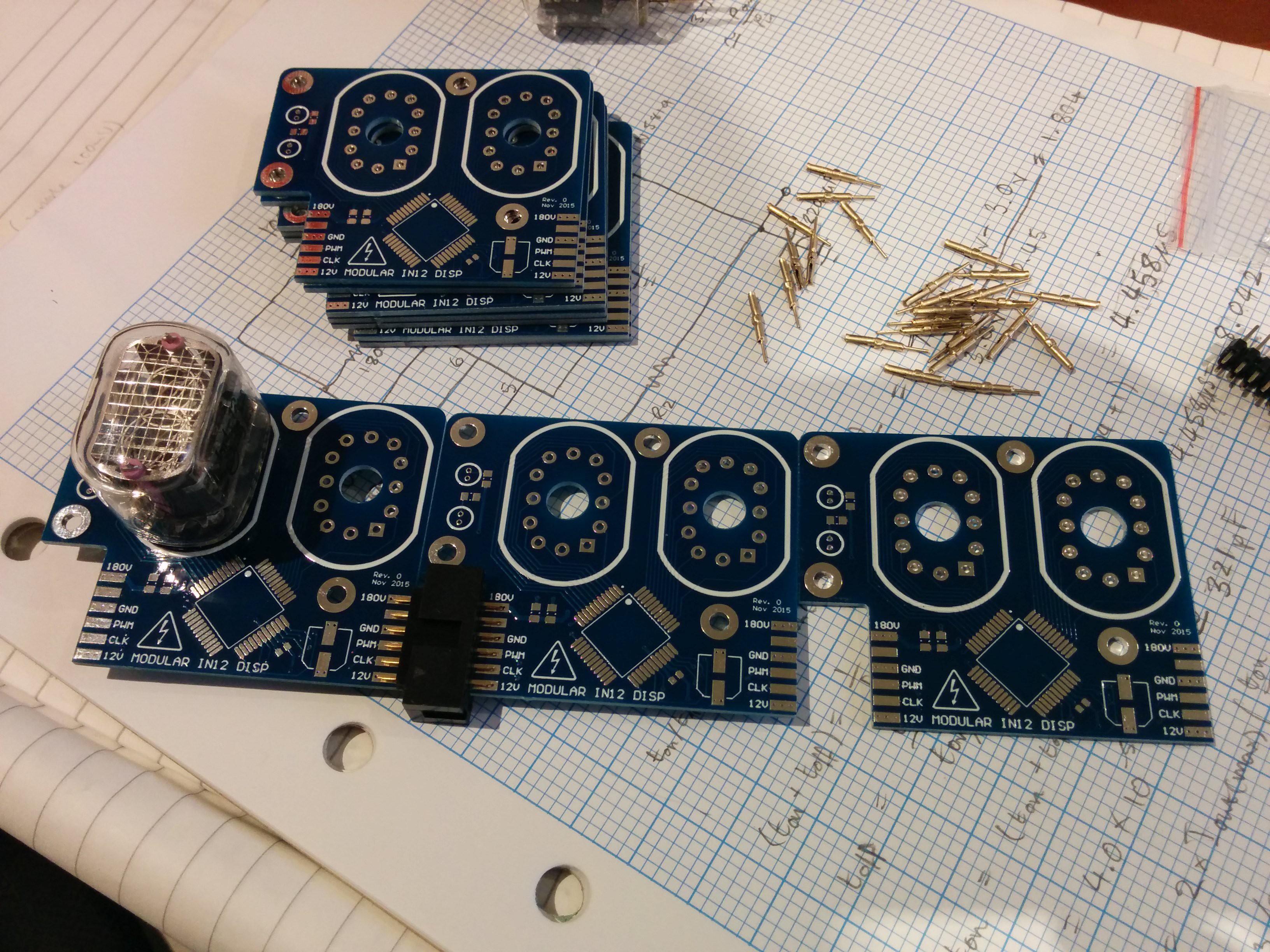

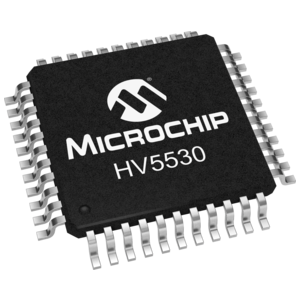
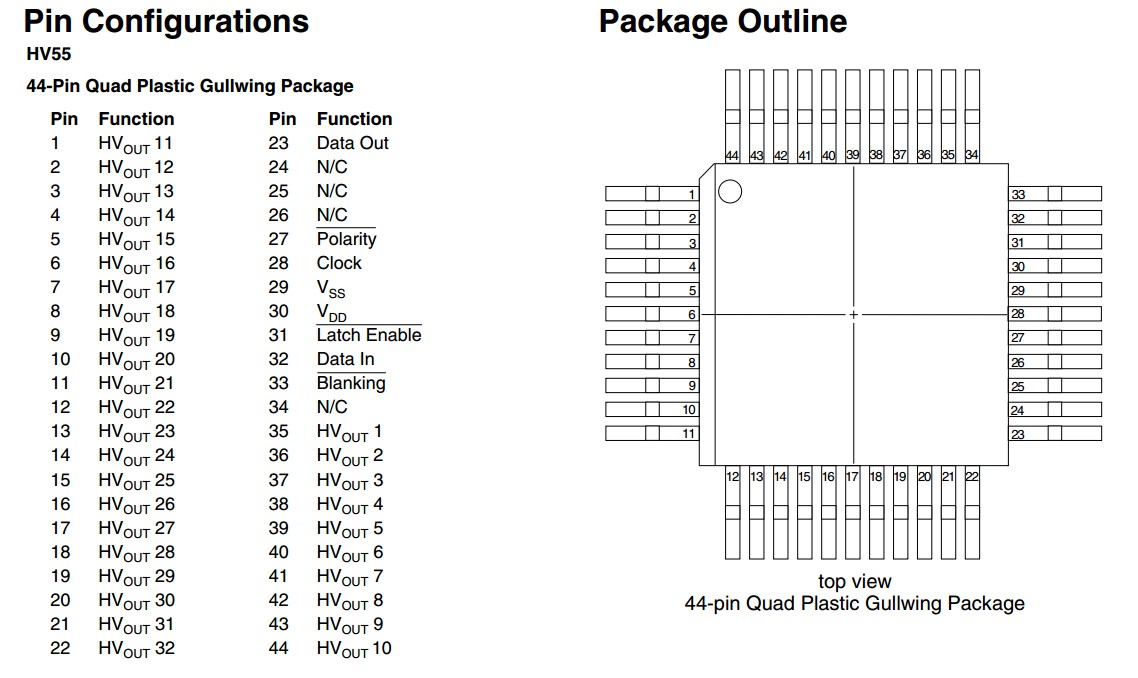
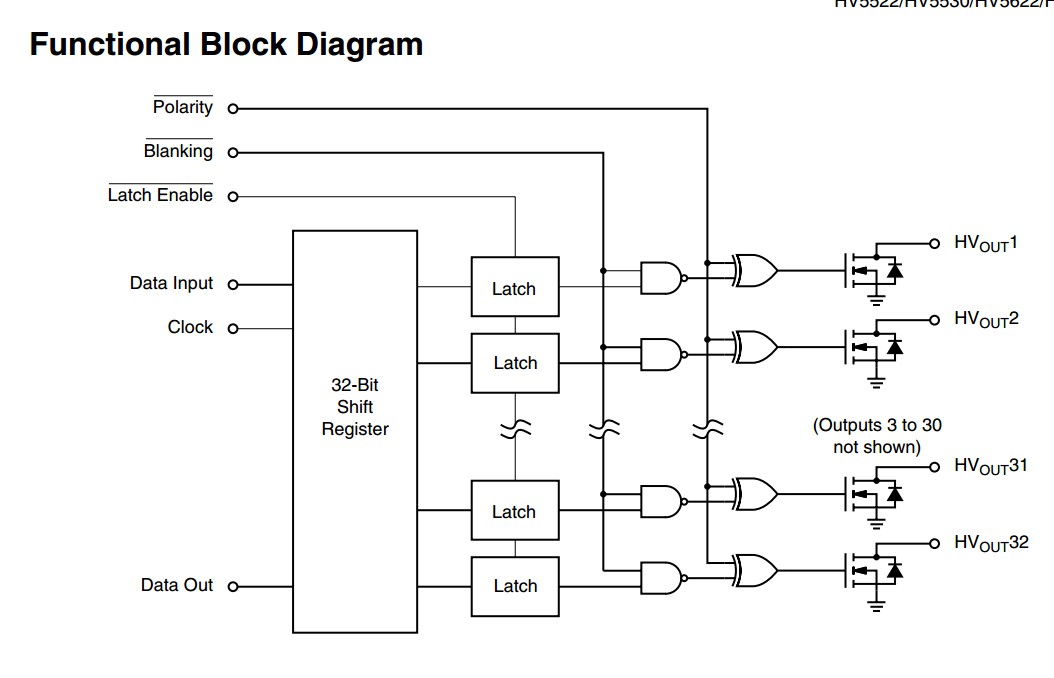
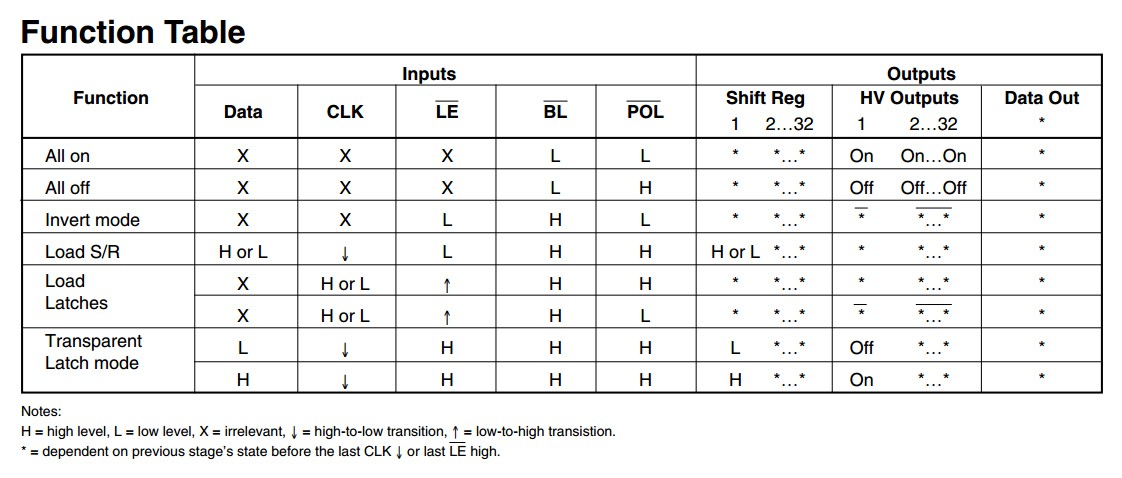
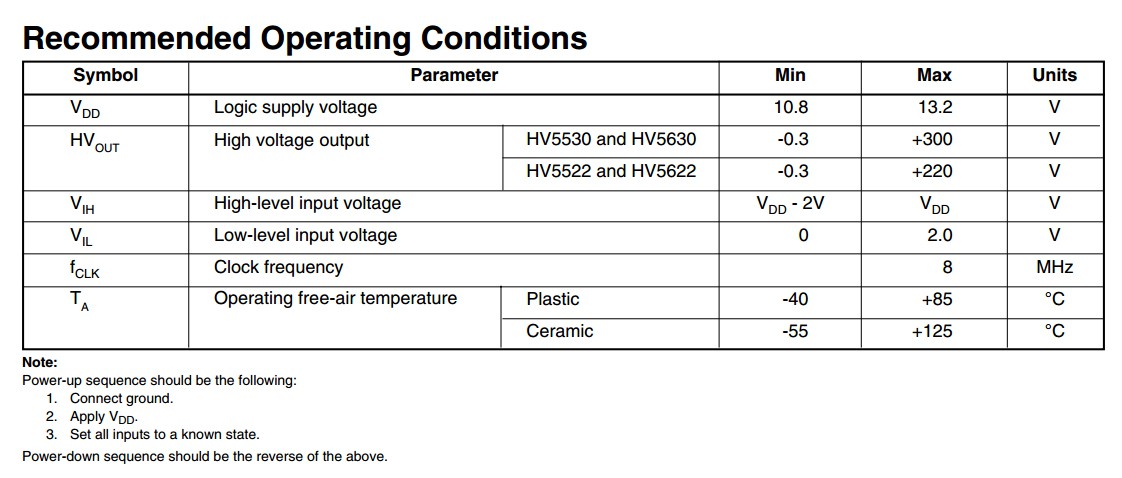
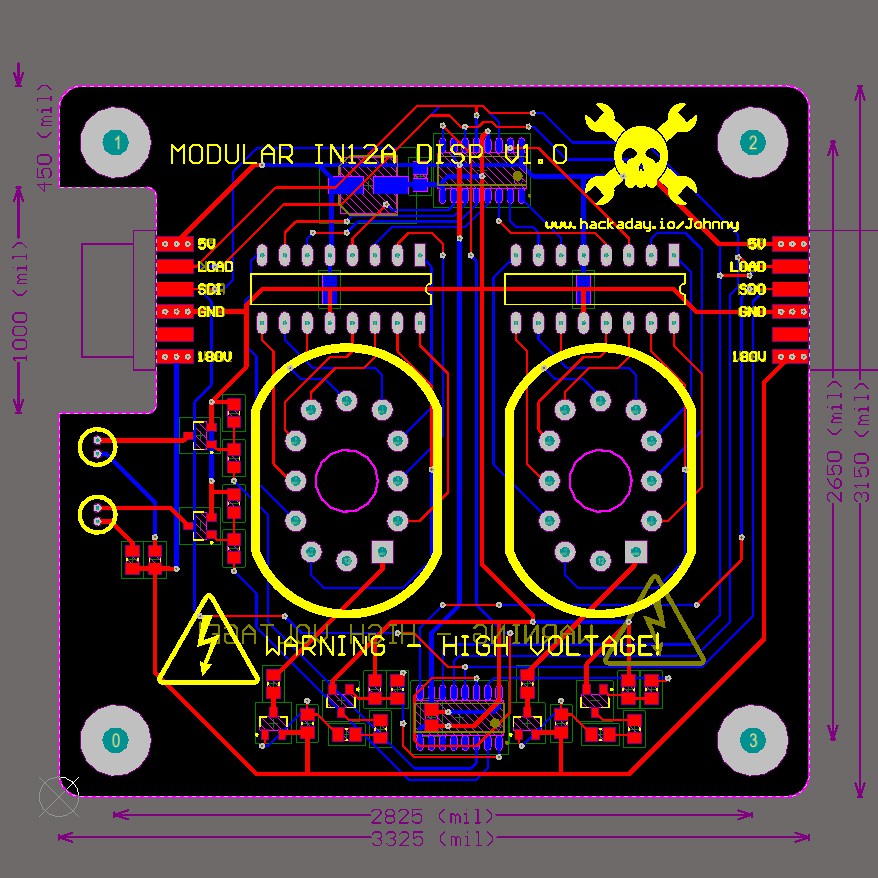
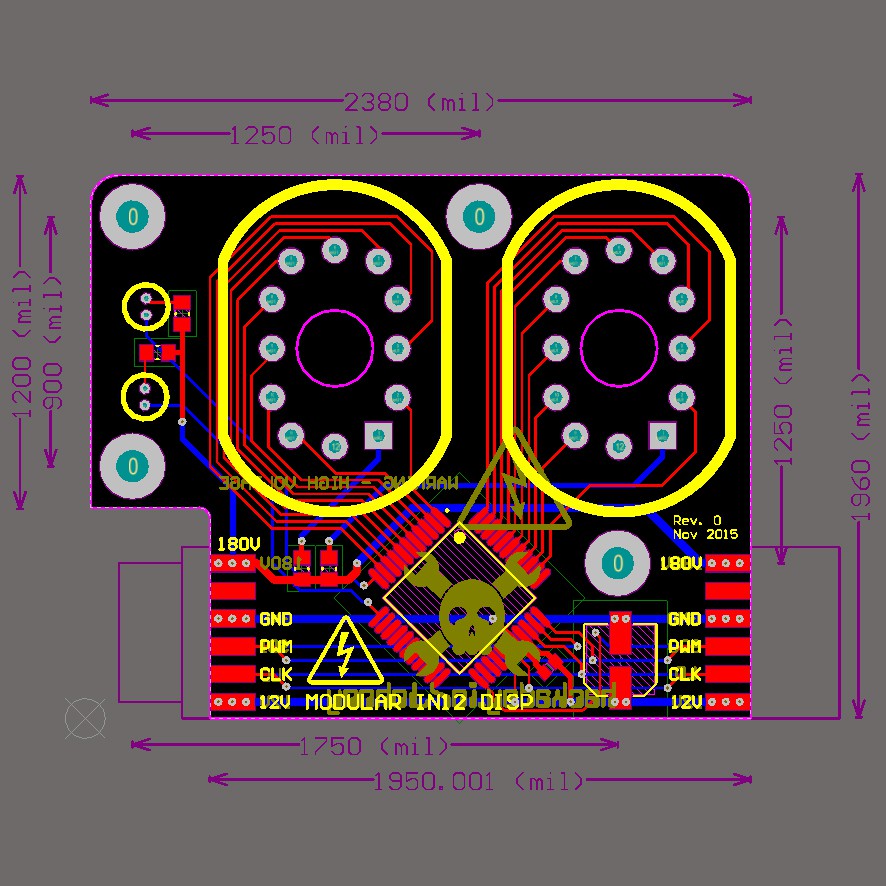

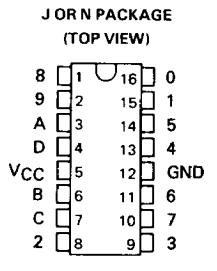
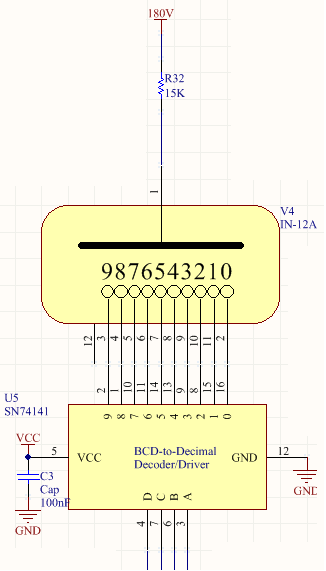
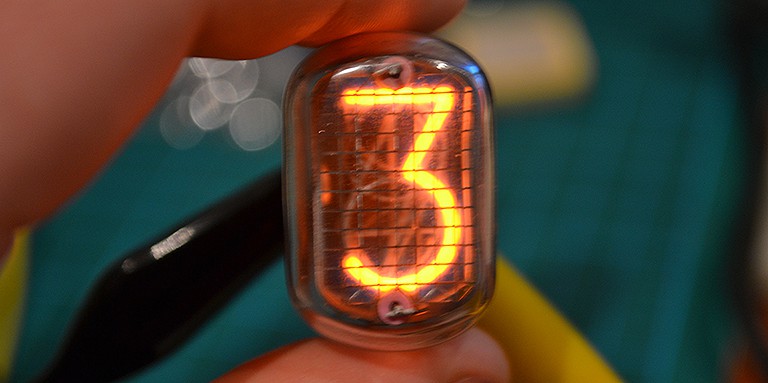
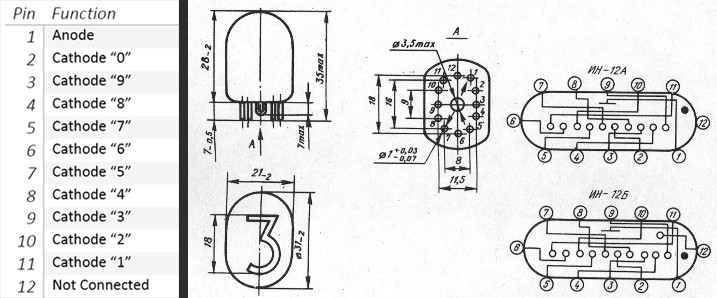

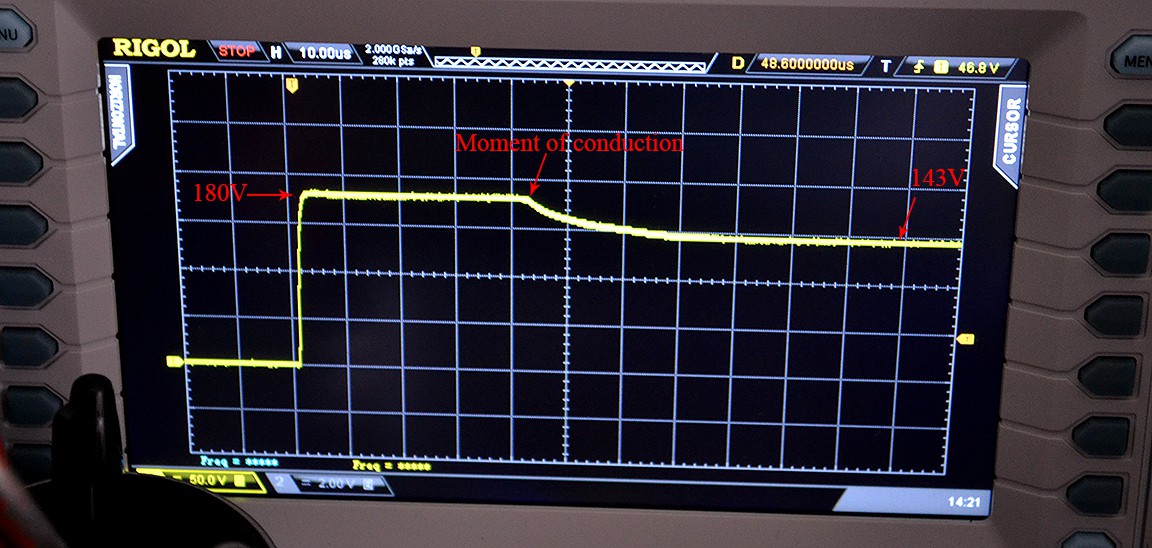
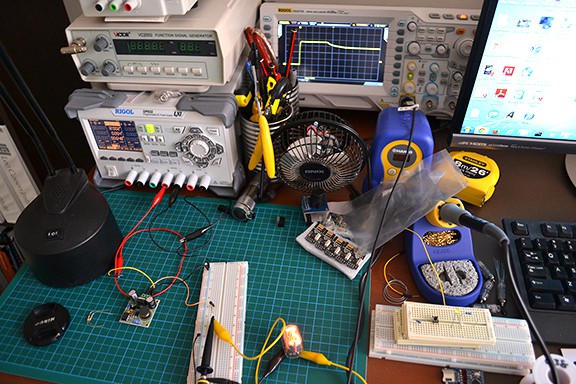








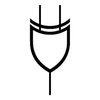

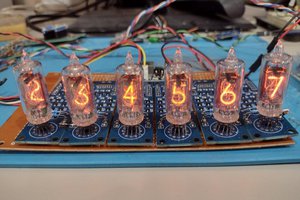
 Ken Yap
Ken Yap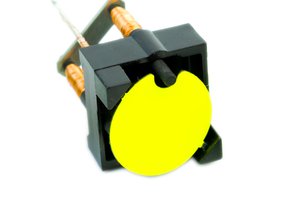
 Marcin Saj
Marcin Saj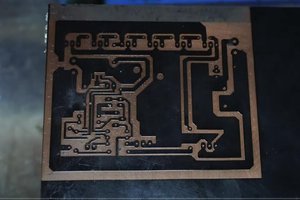
 utsourceproduct
utsourceproduct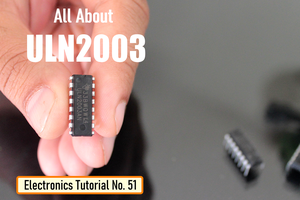
 Hulk
Hulk
Really, really late to this party, but are pins used to mount the IN-12 displays? Or are they soldered directly to the PCB? Going to build a few of these!